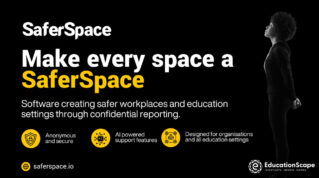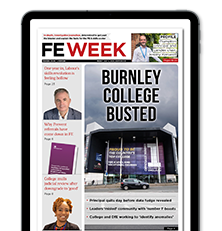Four out of five young people say they trust the financial information they get from social media ‘finfluencers’, according to a report from management consultancy MRM. And around 90 per cent of 18 to 30 year olds want more guidance when it comes to managing their money.
This is a perfect storm, with a market of young people hungry for information about how to make money and manage it, alongside a host of potentially unregulated finfluencers providing advice to them.
Young people are increasingly turning to platforms such as Instagram and YouTube for financial advice, where promises of quick riches can eclipse more measured guidance from traditional financial advisers and institutions.
Some finfluencers lack the expertise to provide reliable advice, and, in the worst cases, are actively spreading misinformation or profiting from vulnerable young people.
Yet this hunger for information and willingness to access it through new channels also presents an opportunity: young people can be reached with engaging, factual content delivered by relatable role models.
Get rich quick
Great examples exist of highly qualified finfluencers reaching young people in an engaging way that we have never seen before. But they are in short supply, and financial misinformation is becoming more pervasive.
Viral “get-rich-quick” schemes promising lucrative returns from dubious cryptocurrency investments, or influencers promoting unregulated payday loans, are among the scams exploiting young people’s trust.
To make things worse, some fraudsters pose as reputable finfluencers, using their image to trick young people into interacting with them.
This makes it critical for FE educators to highlight the risks presented by the rapidly evolving world of AI. The MRM research found 14 per cent of young people would take financial action based purely on what they had seen from an influencer online.
Beyond financial scams, there’s also a growing issue of fake news and misinformation on social media. FE lessons in financial education should align with broader efforts to teach online safety, helping young people to critically evaluate the content they encounter.
It’s not always easy to differentiate a trusted brand from a spurious source – social media is impossible to police and fast-moving. Students must recognise red flags – spelling errors, suspicious email domains and unrealistic guarantees, and be able to discern AI-generated content. These lessons can be integrated into activities mirroring real-world scenarios.
What works
Some colleges are already leading effective financial education programmes, embarking on partnerships with organisations such as Young Enterprise to bring real-world learning into classrooms. Activities like analysing fraudulent emails or decoding misleading adverts resonate with students, helping them understand how scams operate.
The Young Enterprise Company Programme enables students to build a tangible relationship with money through hands-on experience. By forming and running their own businesses, students learn to manage budgets and deal with real-world challenges like pricing strategies and customer engagement, and how to manage risk. This applied learning approach strengthens their understanding of financial concepts and builds confidence.
A collective responsibility
Government backed resources provided by HMRC and the Money and Pensions Service are trusted sources of guidance – and it’s interesting to note that HMRC is working with well-known finfluencers to get their message out there.
Retail banks such as HSBC have collaborated with charities to develop engaging content.
But the government must address misinformation at a systemic level by cracking down on fraud and enhancing digital literacy programmes. Educators need centralised guidance and training to confidently deliver financial education that reflects the realities students face today, such as teaching students about the risks of high-interest loans or how their online data can be exploited.
Families and communities have a role to play, too. Encouraging open conversations about money, including mistakes and lessons learned, can help demystify financial decision-making.
Ultimately, equipping young people with the tools to navigate financial misinformation requires a unified effort. By supporting FE teachers with modern resources and leveraging credible influencers to deliver impactful messages, we can ensure young people receive consistent, accurate information. This isn’t just about teaching financial skills; it’s about empowering a generation to thrive in a rapidly evolving digital economy.

















Your thoughts